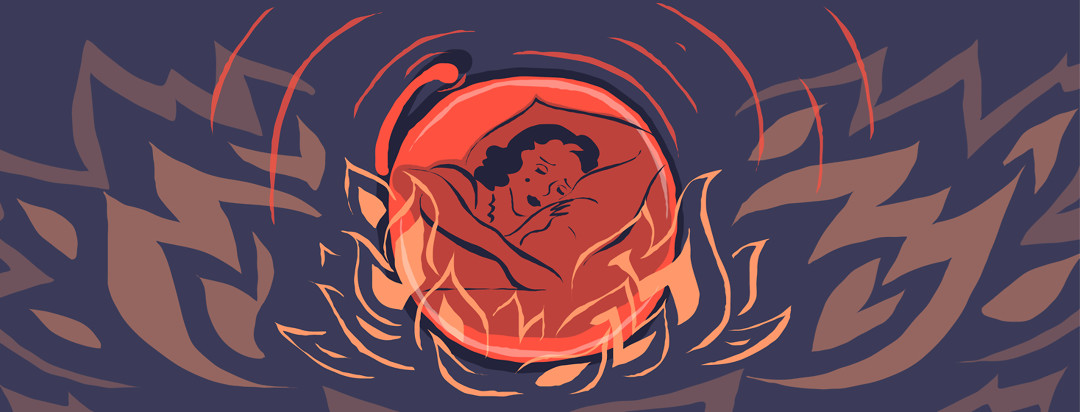Managing Chronic Fatigue
Chronic fatigue: It’s more than just being tired. “Pure exhaustion” doesn’t even adequately describe it. It’s a full-body, down-to-the-bones fatigue. The kind of tired that you can only dream about would be remedied with a nap or a good night rest... Nope, this bad boy is lingering.
When the fatigue first came over me and I realized it wasn’t going away, I adopted a mindset of fierce determination to overcome it. I was stronger than this fatigue. I wasn’t going to let this slow me down. I tried to push past it. I wanted to maintain my maximized schedule. I wanted to do it all.
To no surprise, the fatigue got heavier. To the point where a fire alarm could have gone off in my home and there was no internal instinct to flee. Someone could have even offered me a first-class ticket to an all-expense-paid dream vacation, yet the idea of simply having to pack a suitcase was enough to bring on a meltdown sending me further into the rabbit hole.
I finally reached a point when I realized that the fatigue was my body tossing the white flag in the air. It needed rest. Deep rest. It needed healing. By trying to push past the fatigue, I wasn’t doing my body any favors. I was making it worse.
I had to respect the fatigue. Here’s what that looked like for me.
Readjusting my schedule
First, I stopped adding new commitments to the calendar. Next, I got my calendar out and re-evaluated what was currently on the schedule. What truly needed to be on there and what was “extra”? Anything that was extra had to go.
I reminded myself that this wasn’t going to be forever. Right now though, I needed to scale back. Creating some elbow room in my schedule already lifted some of the weight off my shoulders.
Receiving intentional rest
My definition of rest also needed adjusting. My style of rest was watching TV, while I did some research on my phone and took notes in my Evernote app. Yes, technically my body was resting. However, my mind was active and exhausted from multitasking.
Now my rest looks like quiet time on the couch reading a magazine with a cup of chamomile tea and lavender essential oil diffusing in the room. I had to intentionally create this space of relaxation and minimal distractions.
Stop waiting for acceptance
Last, but certainly not least, I need to stop waiting for the acceptance of others. I had to accept the fact that people can’t understand what chronic fatigue feels like. They think they do, because we live in a society that prides itself on “keeping busy”. "They are tired too." And I realized I couldn’t fault them for thinking that we were experiencing the same thing. It is my responsibility to take care of my body, whether I had the permission of others or not. What I found interesting is that the more I owed my healing journey and spoke about what I needed with conviction, the less resistance I received.
What have you found helpful to manage chronic fatigued?

Join the conversation